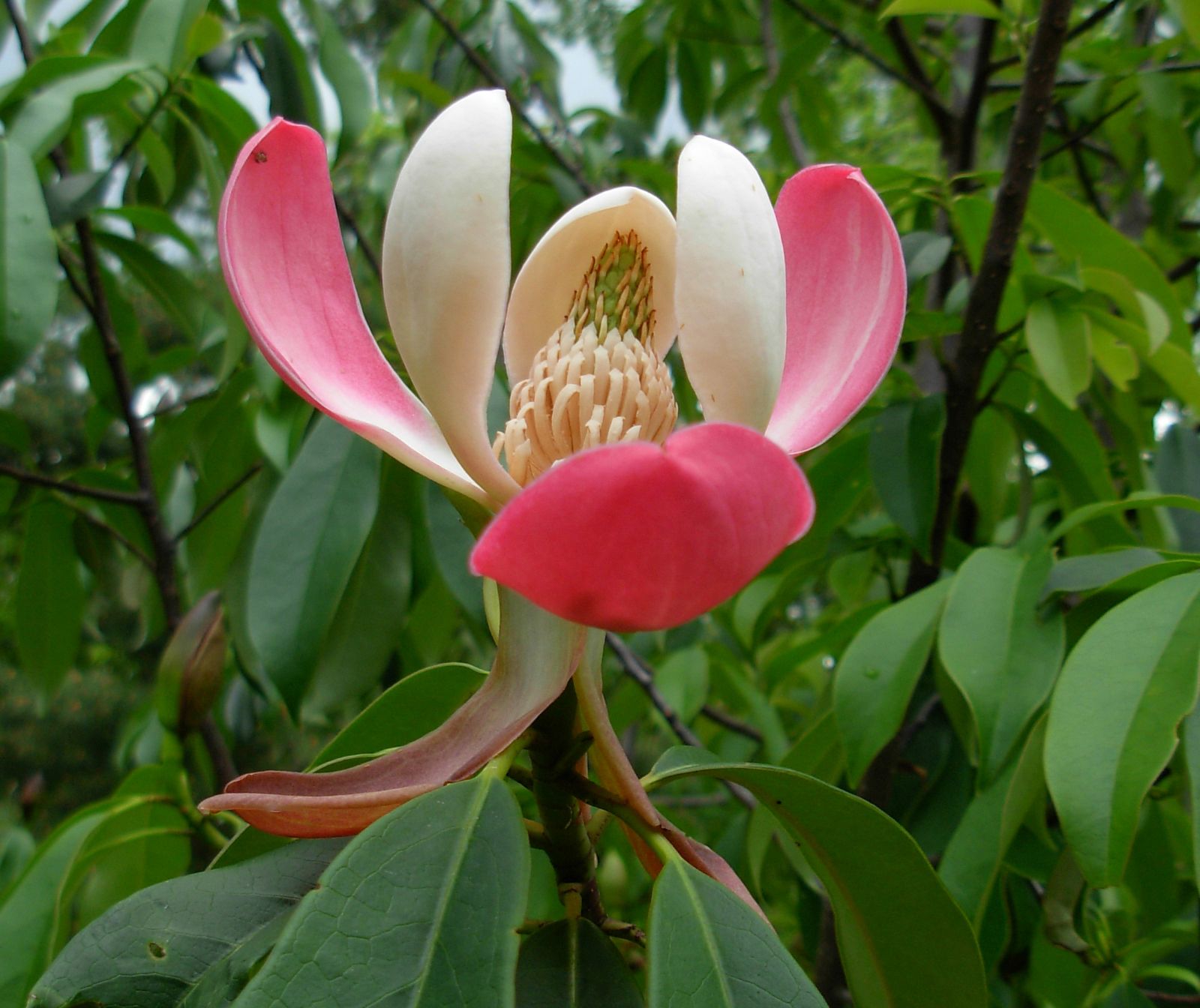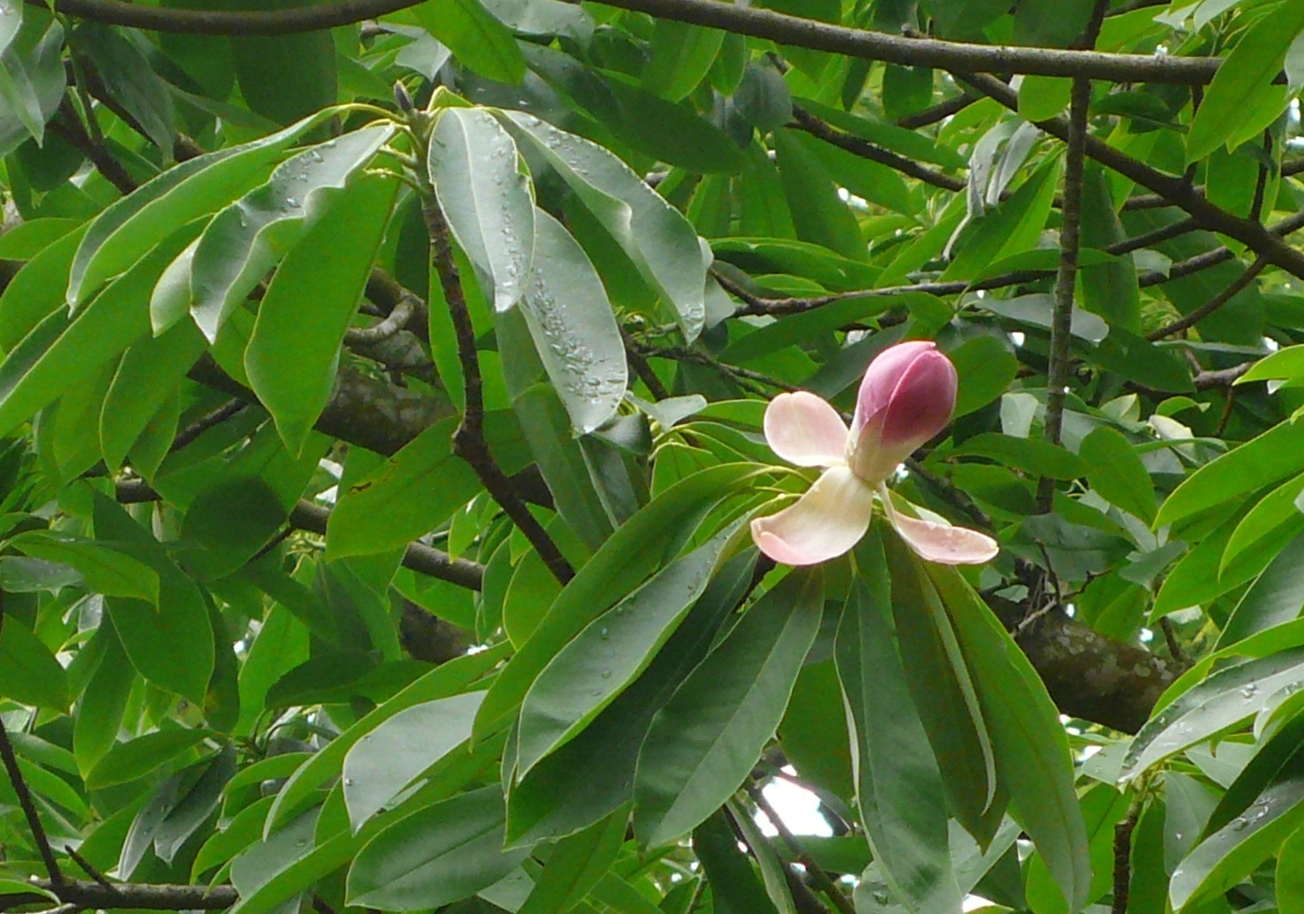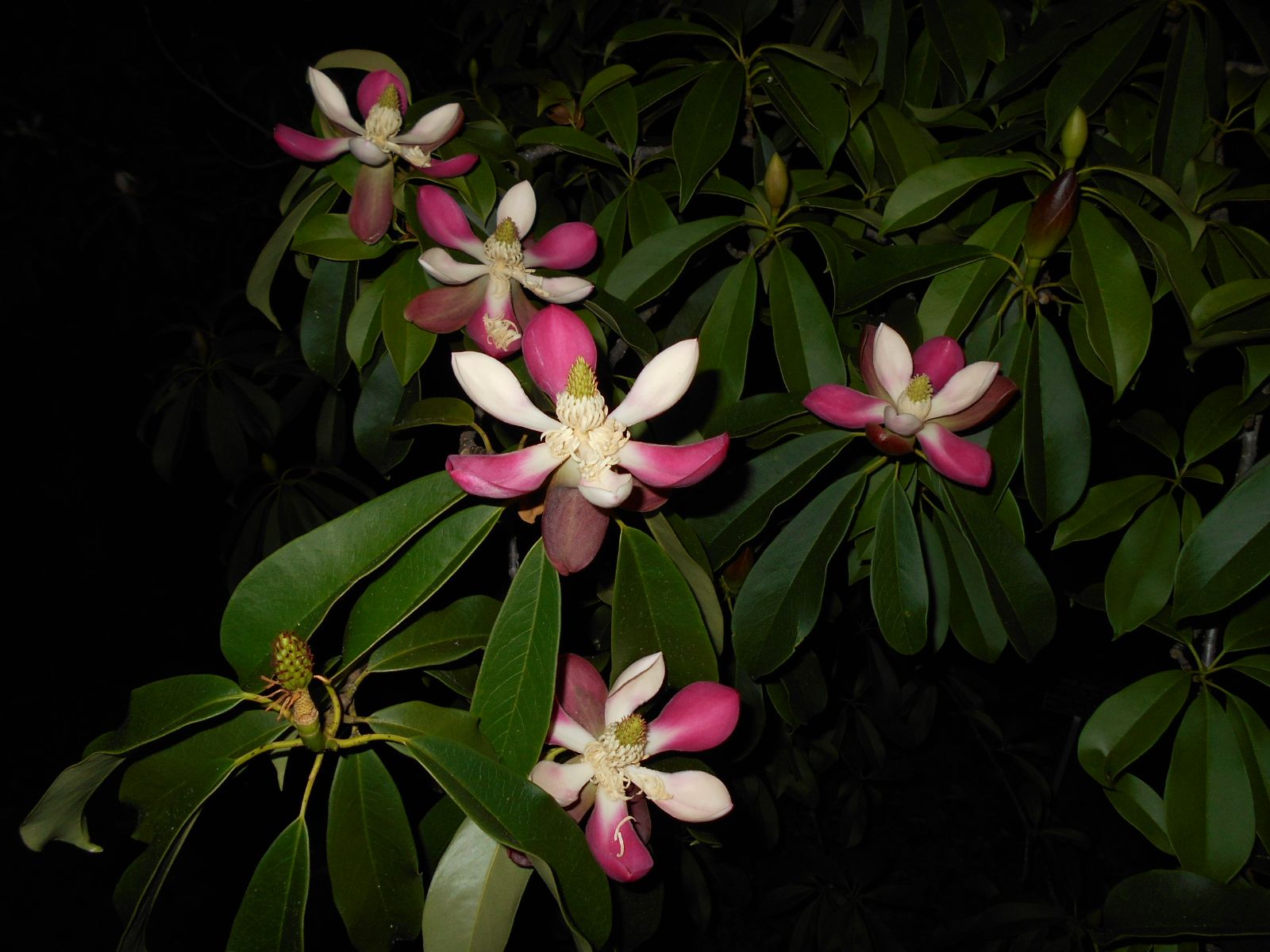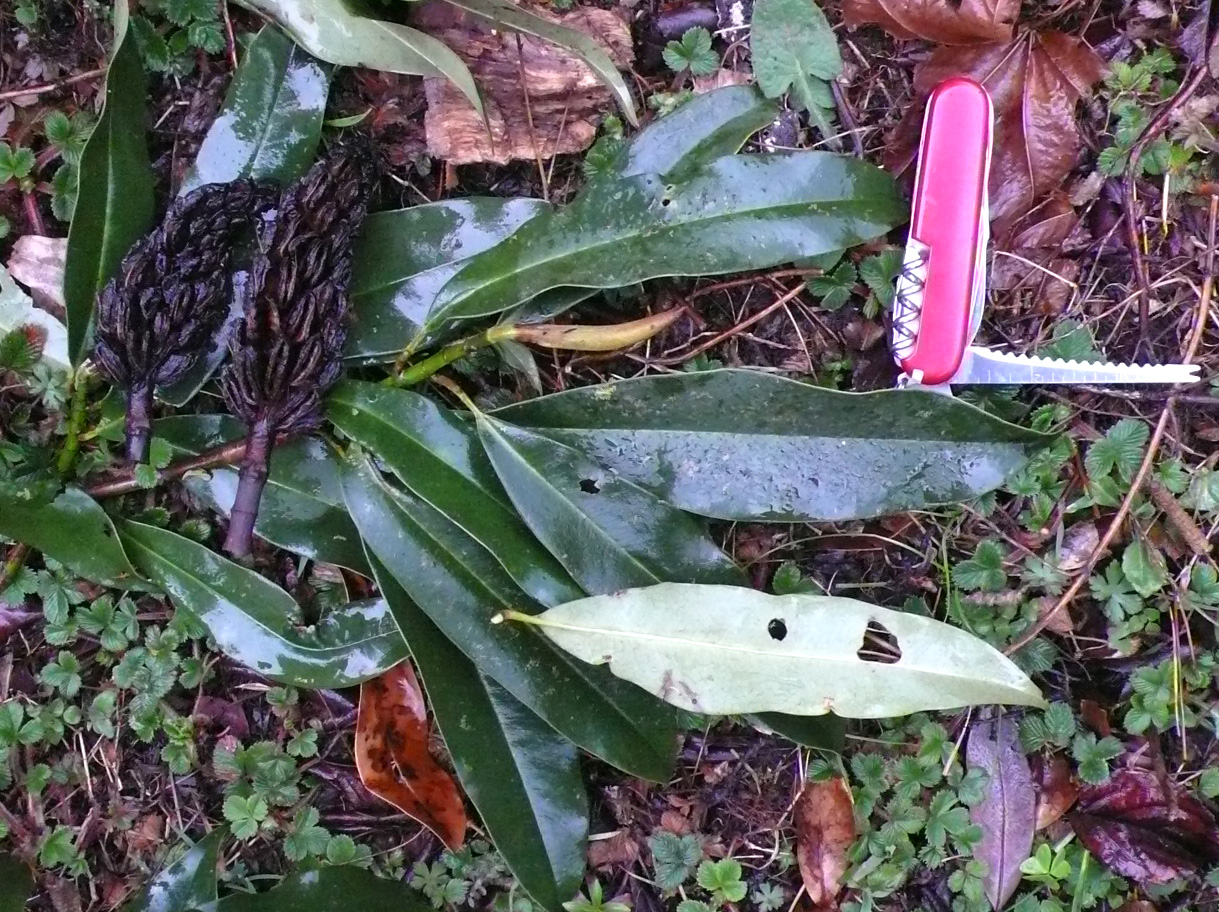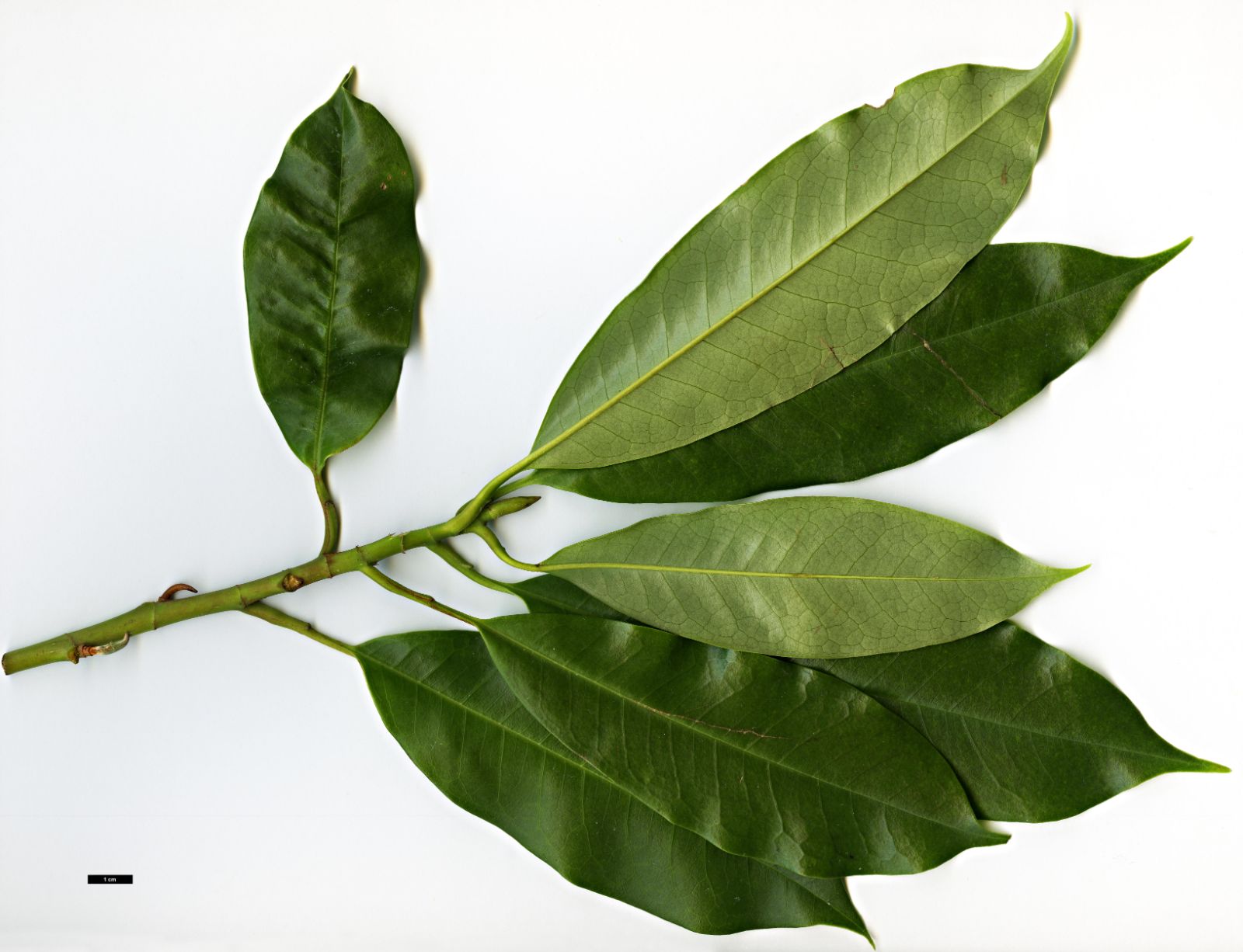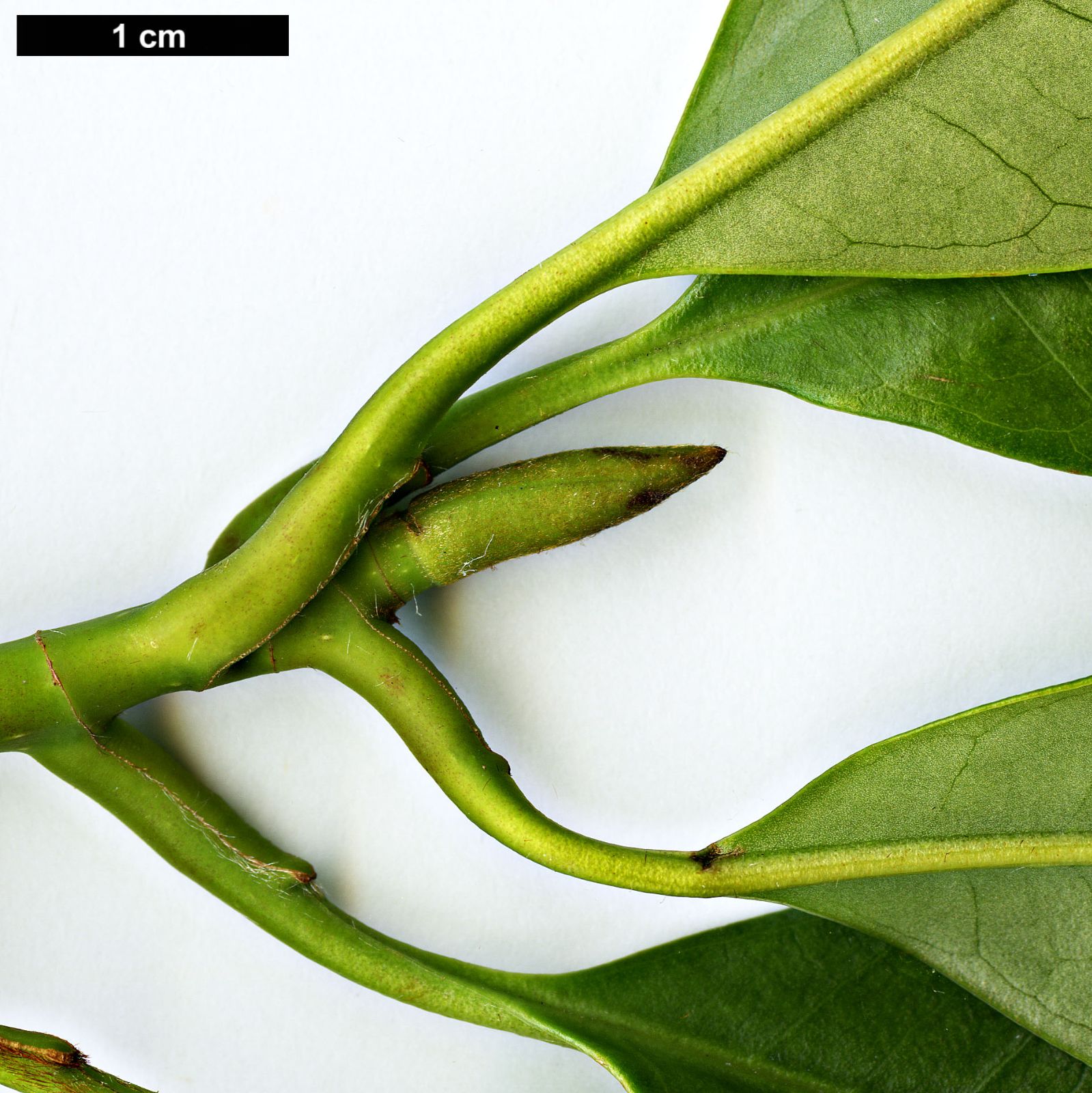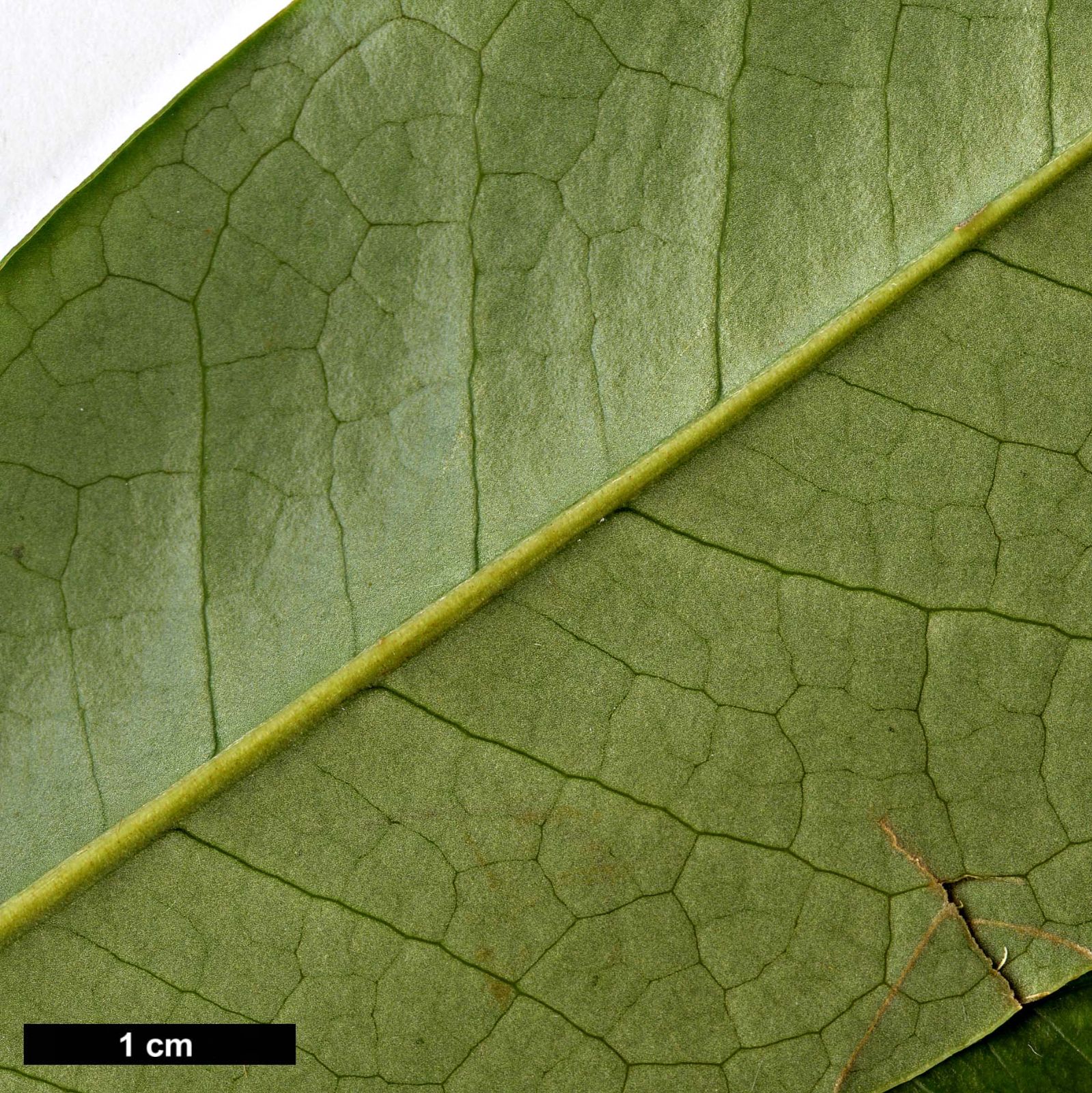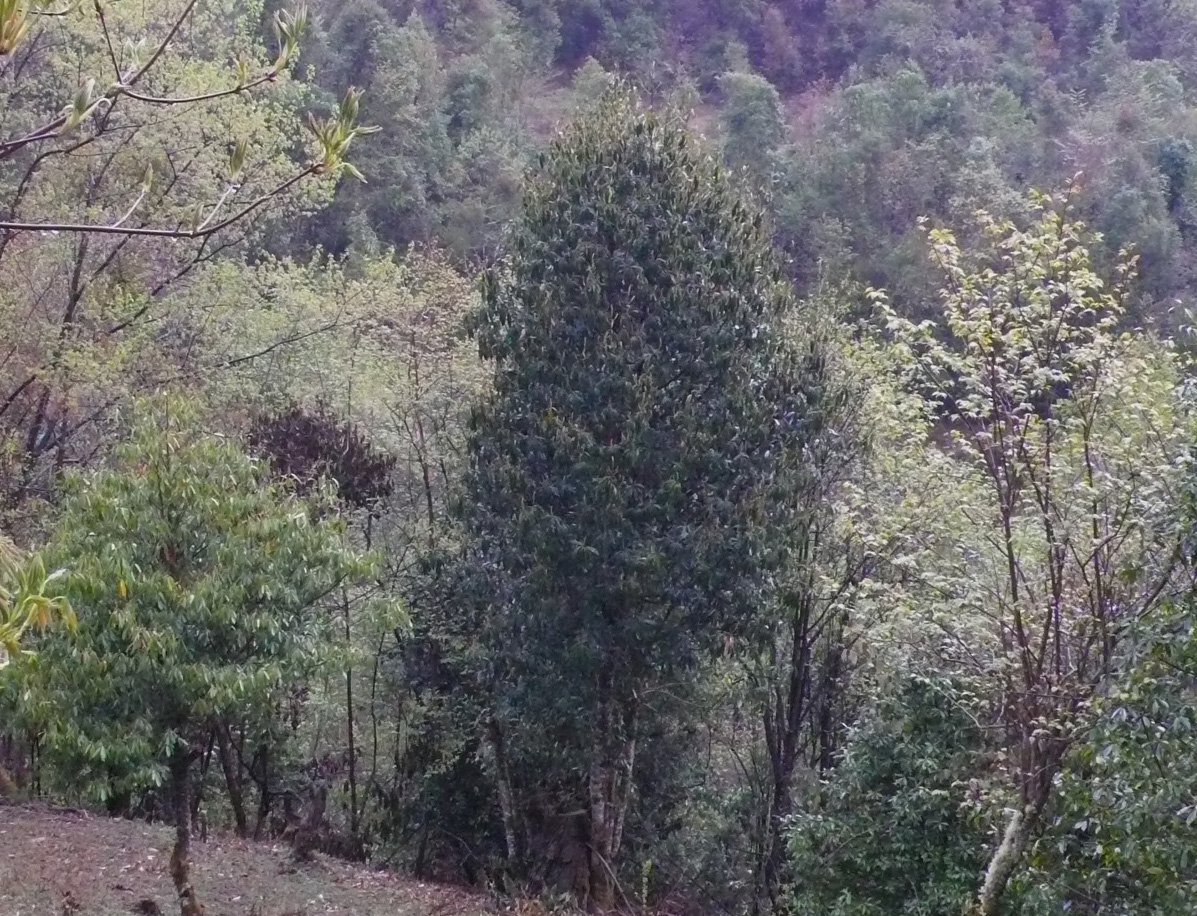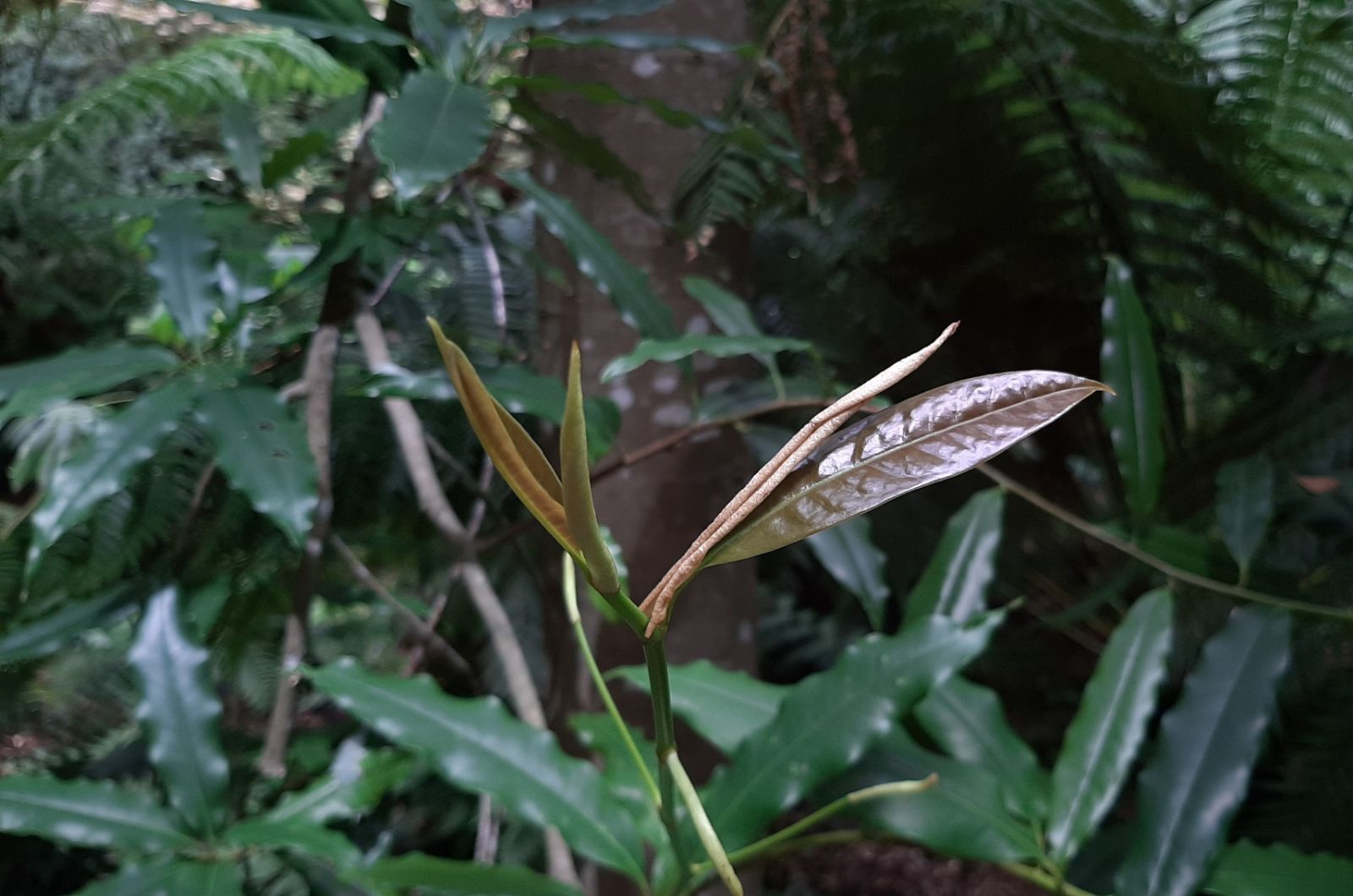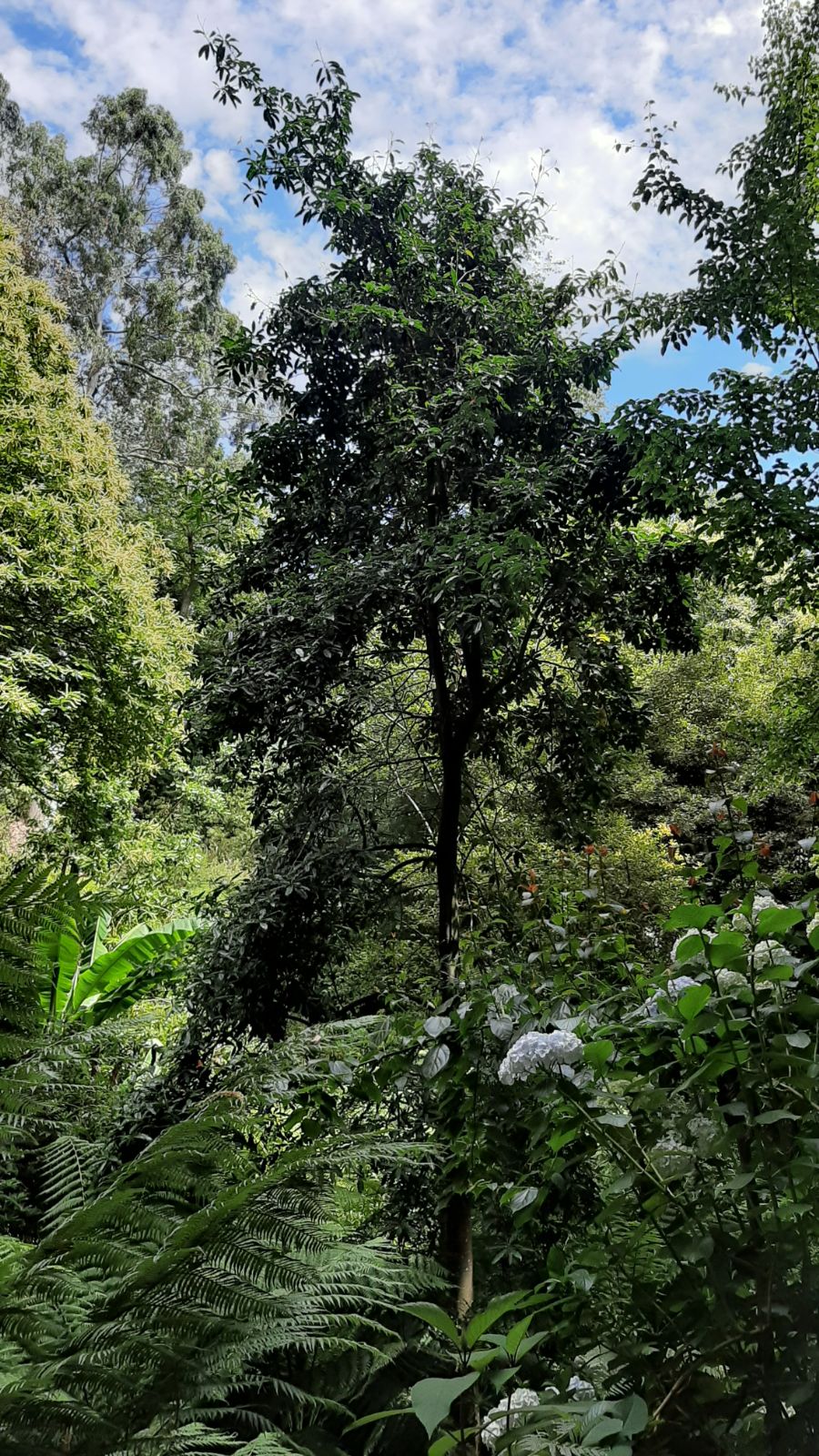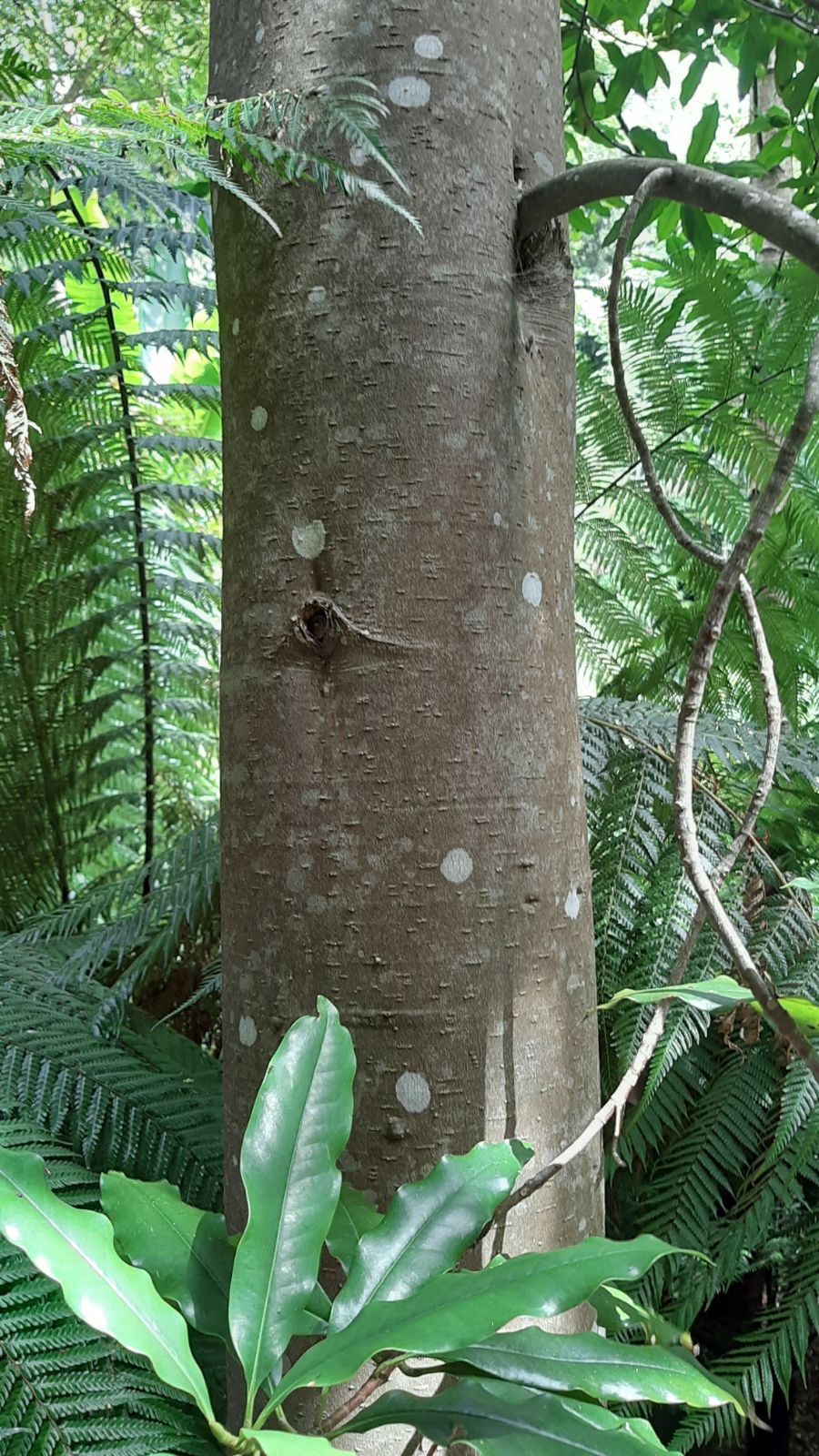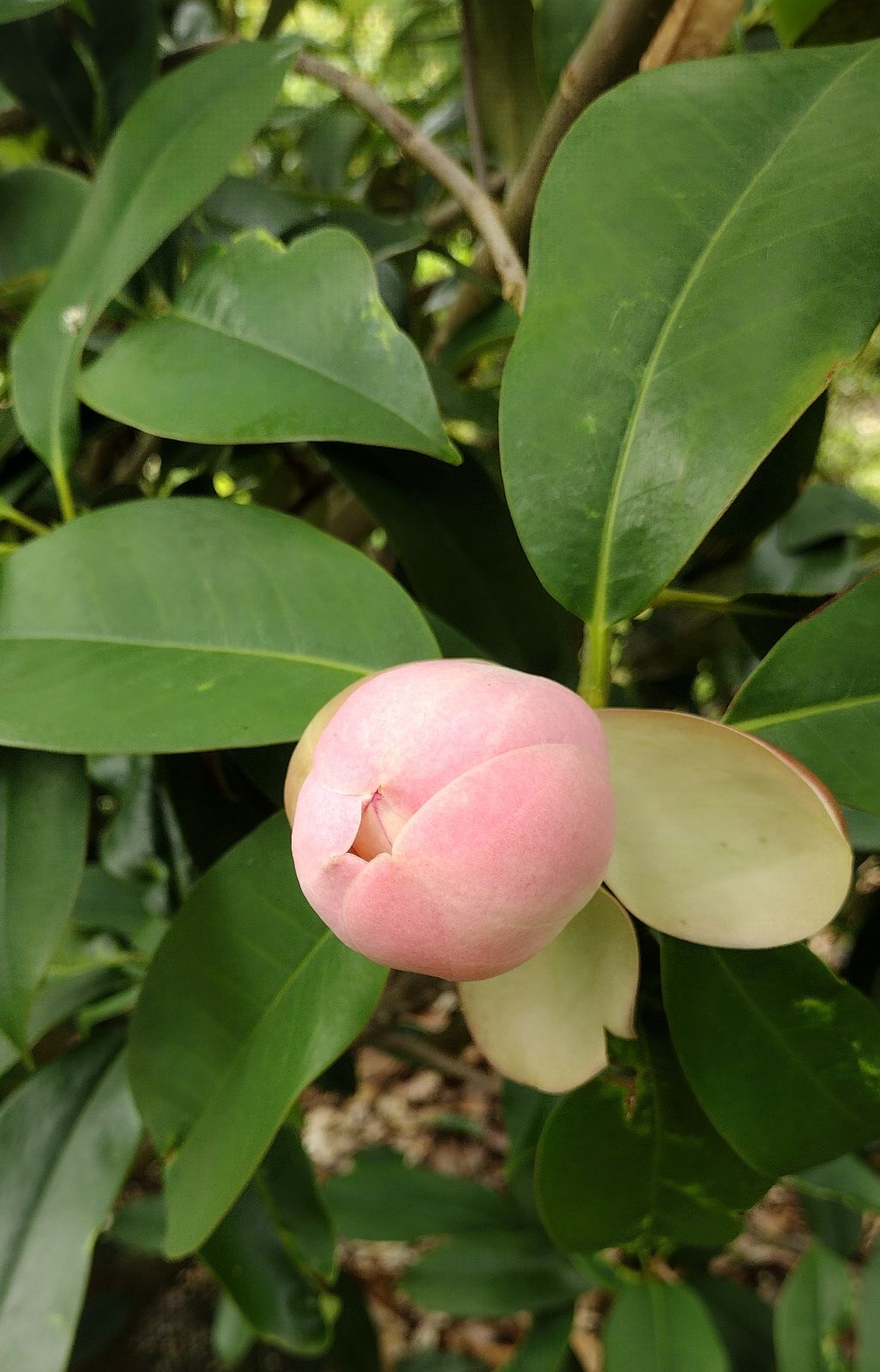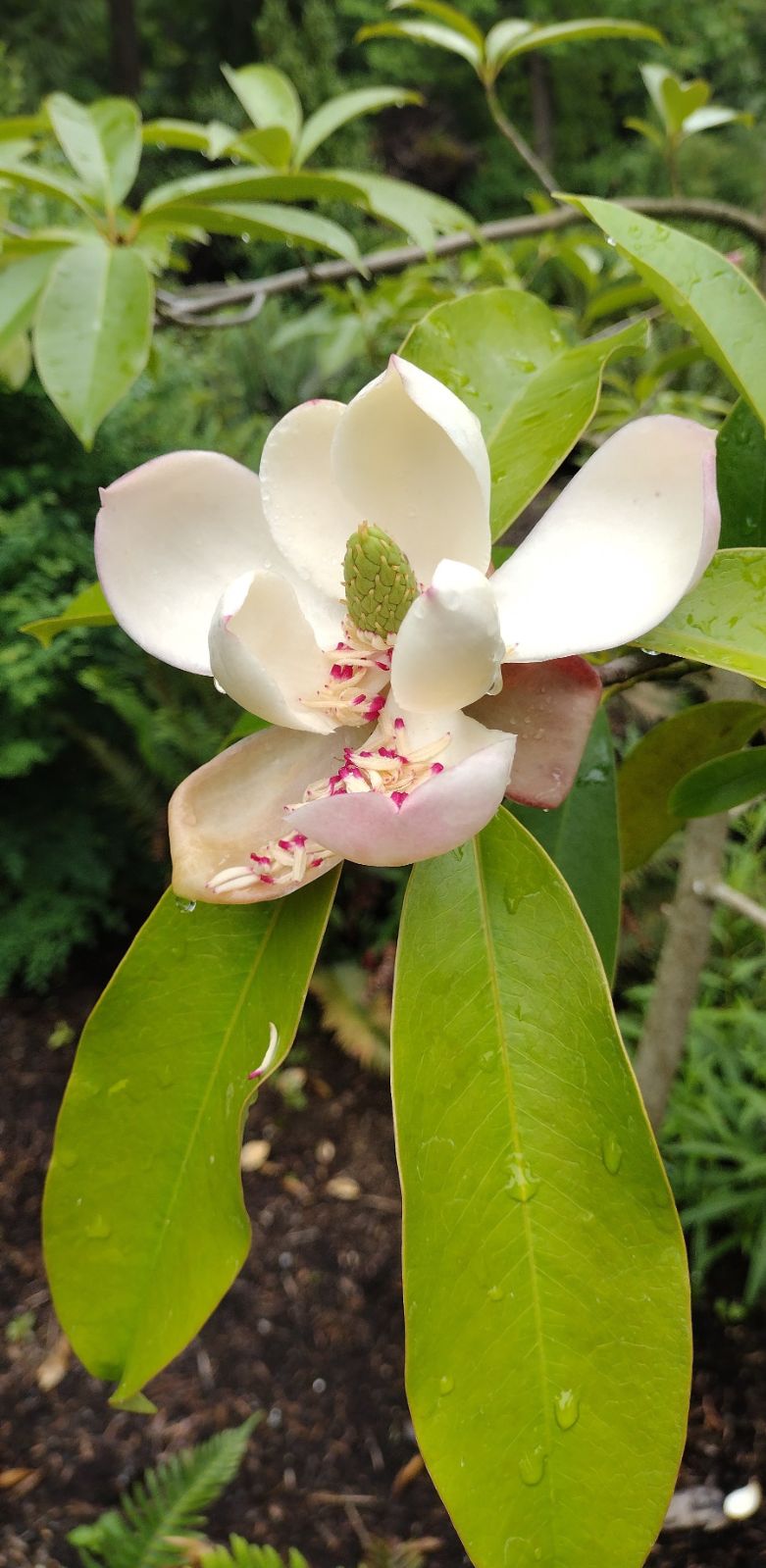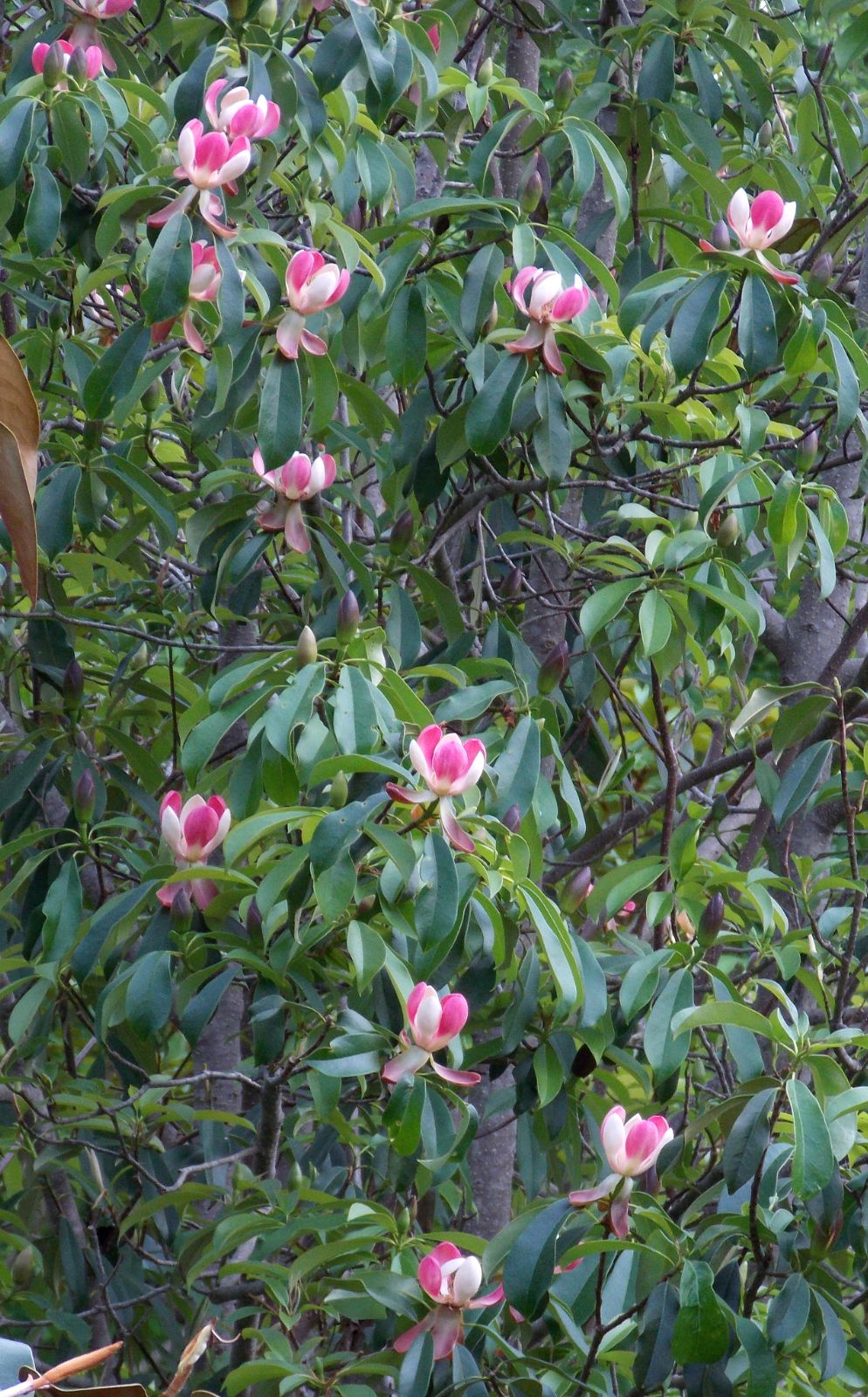Magnolia insignis
Sponsor
Kindly sponsored by
The Roy Overland Charitable Trust

Credits
Julian Sutton (2022)
Recommended citation
Sutton, J. (2022), 'Magnolia insignis' from the website Trees and Shrubs Online (treesandshrubsonline.
Infraspecifics
Other taxa in genus
- Magnolia acuminata
- Magnolia × alba
- Magnolia amabilis
- Magnolia amoena
- Magnolia aromatica
- Magnolia biondii
- Magnolia × brooklynensis
- Magnolia campbellii
- Magnolia cathcartii
- Magnolia cavaleriei
- Magnolia caveana
- Magnolia champaca
- Magnolia changhungtana
- Magnolia chapensis
- Magnolia compressa
- Magnolia conifera
- Magnolia Cultivars A
- Magnolia Cultivars B
- Magnolia Cultivars C
- Magnolia Cultivars D
- Magnolia Cultivars E
- Magnolia Cultivars F
- Magnolia Cultivars G
- Magnolia Cultivars H–I
- Magnolia Cultivars J
- Magnolia Cultivars K
- Magnolia Cultivars L
- Magnolia Cultivars M
- Magnolia Cultivars N–O
- Magnolia Cultivars P
- Magnolia Cultivars Q–R
- Magnolia Cultivars S
- Magnolia Cultivars T
- Magnolia Cultivars U–V
- Magnolia Cultivars W–Z
- Magnolia cylindrica
- Magnolia dandyi
- Magnolia dawsoniana
- Magnolia de Vos and Kosar hybrids
- Magnolia decidua
- Magnolia delavayi
- Magnolia denudata
- Magnolia doltsopa
- Magnolia duclouxii
- Magnolia ernestii
- Magnolia figo
- Magnolia floribunda
- Magnolia × foggii
- Magnolia fordiana
- Magnolia foveolata
- Magnolia fraseri
- Magnolia fulva
- Magnolia globosa
- Magnolia × gotoburgensis
- Magnolia grandiflora
- Magnolia grandis
- Magnolia Gresham hybrids
- Magnolia guangdongensis
- Magnolia hookeri
- Magnolia Jury hybrids
- Magnolia × kewensis
- Magnolia kobus
- Magnolia kwangtungensis
- Magnolia laevifolia
- Magnolia lanuginosa
- Magnolia leveilleana
- Magnolia liliiflora
- Magnolia × loebneri
- Magnolia lotungensis
- Magnolia macclurei
- Magnolia macrophylla
- Magnolia martini
- Magnolia maudiae
- Magnolia nitida
- Magnolia obovata
- Magnolia officinalis
- Magnolia opipara
- Magnolia × proctoriana
- Magnolia × pruhoniciana
- Magnolia rostrata
- Magnolia salicifolia
- Magnolia sapaensis
- Magnolia sargentiana
- Magnolia sieboldii
- Magnolia sinensis
- Magnolia sinica
- Magnolia sinostellata
- Magnolia × soulangeana
- Magnolia sprengeri
- Magnolia stellata
- Magnolia tamaulipana
- Magnolia × thomsoniana
- Magnolia tripetala
- Magnolia × veitchii
- Magnolia virginiana
- Magnolia × wieseneri
- Magnolia wilsonii
- Magnolia xinganensis
- Magnolia yunnanensis
- Magnolia yuyuanensis
- Magnolia zenii
Evergreen tree, to 30 m tall and 50 cm dbh. Bark smooth and grey. Branchlets glabrous, or nodes brownish pubescent when young. Leaves spicy-fragrant when bruised; leaf blade narrowly ovate or elliptic, 10–26 × 4–10 cm, leathery, upper surface shiny green and glabrous, lower surface pale green and glabrous or minutely hairy; basal ~⅔ tapered to base; apex acuminate to caudate-acuminate. Petiole 1.8–3.5 cm, stipular scar 0.5–1.2 cm. Flowers fragrant, on short axillary shoots (brachyblasts) which are thick and strong, 8–10 mm diameter; bract scar 1, ~1 cm below tepals. Tepals 9–12; outer 3 brown beneath, reddish to purplish red above, obovate-oblong, ~7 cm, curved outward; middle and inner tepals variably pink-flushed, obovate-spatulate, 5–7 cm, erect, basal ~¼ tapered and clawed. Stamens 1–1.8 cm; filaments nearly as long as exserted part of connective; connective exserted and forming a triangular mucro; thecae slightly distinct. Gynoecium terete, 5–6 cm; carpels glabrous, shallowly furrowed beneath. Fruit purplish red when fresh, ovoid-ellipsoid, 7–12 cm; mature carpels tuberculate, completely dehiscing along dorsal sutures. Flowering May–June (China), May–July (UK, N America); fruiting August–September in the wild. Diploid 2n=38. (Xia, Liu & Nooteboom 2008; Chen & Nooteboom 1993).
Distribution Myanmar N China Guangxi, Guizhou, SW Hunan, SW Sichuan, SE Xizang, Yunnan India NE Nepal Thailand
Habitat Mixed forests; 600–2000 m.
USDA Hardiness Zone 7-9
RHS Hardiness Rating H3
Conservation status Least concern (LC)
This is probably the best known member of Section Manglietia in our area, although hardy only on the Pacific seaboard of North America and in mild, maritime parts of Europe. Typically a small to medium-sized tree in gardens, its glossy evergreen foliage and lightly scented, variably pink- to red-tinted flowers in early summer are the main attractions.
Given its wide distribution from the Himalaya across southern China into SE Asia, it is no surprise that Magnolia insignis came early to scientific attention. It was thoroughly described from Nepal by Wallich (1826), who was deeply impressed by its magnificence in flower and fruit (inspiring the specific epithet meaning ‘conspicuous’ or ‘distinguished’), although oddly implying that it is deciduous. It is very variable both in leaf shape and size, and flower size and colour: many infraspecific taxa have been named but none are now in general use. It is grown as an ornamental in its native range, and the wood is used in furniture making (Chen & Nooteboom 1993; Xia, Liu & Nooteboom 2008).
Most introductions have been from the eastern end of the range. The first were a series made by George Forrest from Yunnan, beginning around 1912 (Bean 1981) and from N Myanmar in 1925, the latter sometimes claimed as the best of the early introductions (Hinkley 2020). It is often difficult to pin specific collector’s numbers to Forrest introductions. Additionally, some trees in England derive from a Reginald Farrer (Farrer 903) collection from N Myanmar (Bean 1981); Farrer’s attractive watercolour painting showing a spray of richly coloured flowers was reproduced by Cox (1930). Collections have been made by many subsequent visitors to the area, for example KWJ 12114 & FMWJ 13163 (N Vietnam, 2007 & 2011) by Crûg Farm Plants, Wales.
Tepal colour ranges from almost pure white, through pink flushing and tipping, to a strongly red-pink flush. A good ‘red’ form (provenance unknown) was selected by Bruce Rutherford at Piroche Plants, British Columbia in the mid-1990s and has been widely distributed in the Pacific Northwest; it is being used by several North American hybridizers (Wharton 2007). Hinkley (2020) shows a superb collection from N Vietnam flowering for the first time, with both the outer and the unusually broad inner tepals an almost uniform deep, rich pink, rivalling earlier flowering species of Section Yulania. This species has bright prospects in gardens!
Fertile, well-drained, acidic soil with regular summer water is ideal, in a sheltered, sunny or part-shaded place; young plants are less cold tolerant than older ones (Cistus Nursery 2007–2008). North American experience shows that the species is quite easily propagated by tip cuttings.
Large specimens in Europe are mostly found in south west and southern England. Good examples include several at Caerhays Castle, Cornwall (George Forrest collected for its one-time owner J.C. Williams) – the largest, planted in 1927, measured 17 m × 340 cm in 2016 (The Tree Register 2021). Further east at Exbury Gardens, Hampshire, a specimen which may be the one Bean (1981) mentions as being damaged in the severe winter of 1928–9 was recorded as 12.5 m × 196 cm in 2017. Younger examples are being tried more widely by collectors in Britain (for example in Kent, Oxfordshire and Shropshire – The Tree Register 2021), France and the Low Countries (Plantcol 2021).
In North America this it is proving hardy on the Pacific Coast north to the Vancouver, BC area, where it was scarcely damaged at the David C Lam Asian Garden by the severe winter of 2008–9 which caused bud and branch death in M. campbellii (Justice 2009). In Oregon and Washington it has moved beyond the gardens of collectors, is much sold by nurseries and entering the mainstream. Further south in California, water availability in summer is more of an issue, but the species might also be expected to thrive on the southeastern fringe of our North American area.
'Anita Figlar'
A particularly floriferous selection, with the middle tier of tepals deep red. Habit initially pyramidal, ultimately spreading and irregular. Selected by Richard Figlar, SC, and named for his wife. A significant parent of hybrids including ‘Melissa Parris’.

